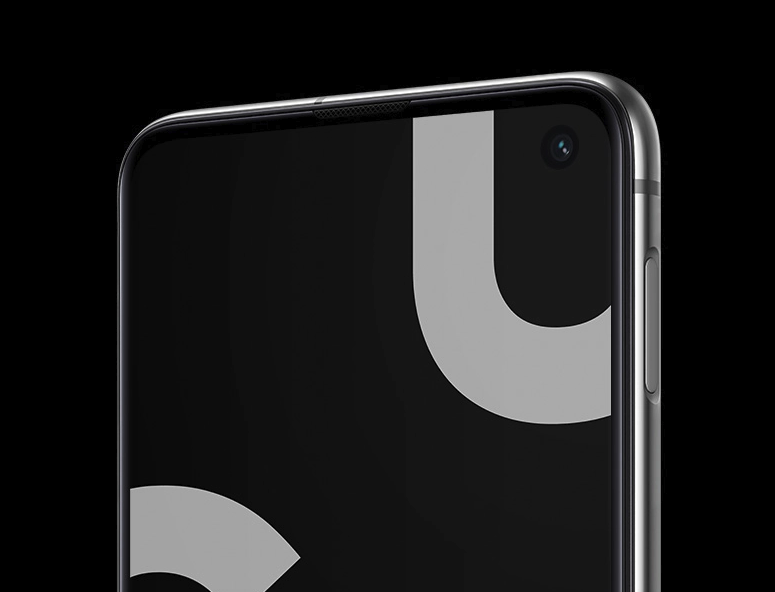Samsung has been releasing its flagship devices in the best AMOLED displays for a few years now and the display on the 3 years old Galaxy S7 still is better than a few flagships in 2019.
The Super AMOLED displays on the previous Galaxy S lineup of devices have been the best displays on any smartphone for the past few years which is why the new iPhones has also used the Samsung AMOLED displays.
RELATED: When will Samsung release Android Q update
The Samsung Galaxy S10 lineup of devices now come with an all-new Dynamic AMOLED display which is the absolute best display you could get on a smartphone as of now.
We haven’t yet managed to get our hands on the Galaxy S10. However, we’re pretty sure that the display would be stunning as usual. Nonetheless, the Galaxy S9 has an impressive display as well. Hence let’s check out how different the ‘Dynamic AMOLED’ display is to the Super AMOLED display on the Galaxy S9.
Dynamic AMOLED S10 display vs Super AMOLED S9 display
Before we begin comparing the two display technologies, let’s take a look at how an AMOLED display actually works.
How do AMOLED displays work?
An AMOLED display is fairly different from an LCD (Liquid Crystal Display) which uses a backlight. AMOLED displays have an Active Matrix of OLED pixels which generate light when a current passes through it.
Each pixel on an AMOLED display works individually hence multiple pixels can be turned off without affecting the surrounding pixels at all. This is what has resulted in the evolution of a black wallpaper on an AMOLED screen to save battery.
This isn’t a myth and using a black wallpaper or having a black theme on a device with an AMOLED display does actually help in saving battery since the black pixels are turned off.
Galaxy S9 Super AMOLED display
The Samsung Galaxy S9 has a WQHD+ Super AMOLED display. Here are some major features of the Super AMOLED display on the Galaxy S9.
- 3K QuadHD display; 2960×1440 resolution.
- 570 Pixels per inch.
- 1,130 nits peak brightness.
- HDR10 compliant.
Galaxy S10 Dynamic AMOLED display
The Samsung Galaxy S10 has a WQHD+ Dynamic AMOLED display. Here are some major features of the Dynamic AMOLED display on the Galaxy S10.
- 3K QuadHD display: 1440 x 3040 resolution.
- 550 Pixels per inch.
- 1,200 nits peak brightness.
- HDR10+ compliant.
Why the Dynamic AMOLED display is better than the Super AMOLED display
Samsung’s new Dynamic AMOLED display on the Galaxy S10 lineup is better than the Super AMOLED display found on the Galaxy S9 and S9 Plus in a couple of ways.
Brighter Display
The Dynamic AMOLED display on the Galaxy S10 lineup have insanely bright screens and can reach 1,200 nits of brightness which means you’d be able to view anything on the screen even when in bright sunlight. The Galaxy S9’s Super AMOLED display can reach a brightness of 1,130 nits which isn’t too shabby.
More colour accurate
The Dynamic AMOLED display also has 100 percent mobile colour volume in the DCI-P3 colour range. The Galaxy S10’s Dynamic AMOLED display also has a 0.4 Just Noticeable Colour Difference (JNCD) score from Display mate which means the Dynamic AMOLED panel is the most colour accurate display on a smartphone yet.
The Galaxy S9’s Super AMOLED display has a 0.7 Just Noticeable Color Difference (JNCD) score from Display mate which is pretty good too. The Galaxy S9’s Super AMOLED display exceeded the DCI-P3 colour specifications by covering 101% of the DCI-P3 colour specifications.
Less Blue light emission
The Dynamic AMOLED panel on the Galaxy S10 also has just 7% of Blue light emission which was unheard before. The Galaxy S9’s Super AMOLED panel, on the other hand, has around 12% of Blue light emission.
HDR10+ Supported
The Galaxy S10’s display can support HDR10+ content. However, there are only a few movies and shows which actually make use of HDR10+ at present. You might find a few films and shows on Netflix and Amazon Prime Video which do take advantage of HDR10+ to offer a stellar viewing experience.
The Galaxy S9’s Super AMOLED display, on the other hand, is HDR10 certified which is pretty good by itself. However, HDR10+ content looks only a tad better than what you’d see with HDR10 content. So you shouldn’t be disappointed with the screen on your Galaxy S9 either.
Dynamic tone mapping
Dynamic tone mapping basically uses the processor to automatically analyze and adjust an image or each frame in a video to provide a more detailed image with a tad more saturation and tweaked contrast.
This makes it interesting to watch movies and shows. Although if you intend to see a movie or show as the movie was intended to be, then you might not be satisfied with the feature.
The Galaxy S9 does not have Dynamic tone mapping.
Related:
- Android Q → Galaxy S10 update | Galaxy S10 Plus update | Galaxy S10e update
- All you need to know → Galaxy S10 | Galaxy S10 Plus | Galaxy S10e
- 12 Best wallpaper apps for Android to make your phone stand out









